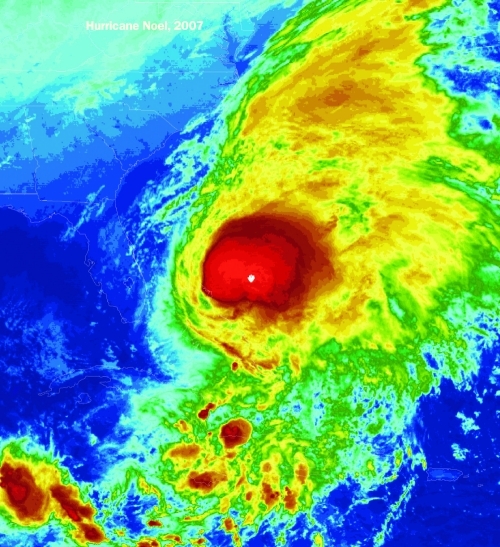RCMs are being used to simulate extreme weather events such as heavy rains, droughts, and hurricanes, which occur at the local or regional level and thus are difficult for global climate models to recreate.30 Regional downscaling can simulate extreme weather events on the smaller scale because researchers input environmental processes (e.g., wind flow, rainfall) that are specific to that particular area. Global climate models, on the other hand, are able to simulate extreme weather events, but because their simulations are global, the resolution is coarse, and the extreme event often appears less powerful than those happening in real time, says David Pierce of the Scripps Institution of Oceanography.
In other advances, climate researchers and modelers are beginning to address changes over the time scale of a few years to a couple of decades, says Claudia Tebaldi of the University of the British of Columbia. If successful, this type of effort would provide important information for local adaptation decisions. The upcoming Fifth Assessment of the Intergovernmental Panel on Climate Change will include an assessment of these new types of climate change simulations.
© NOAA

